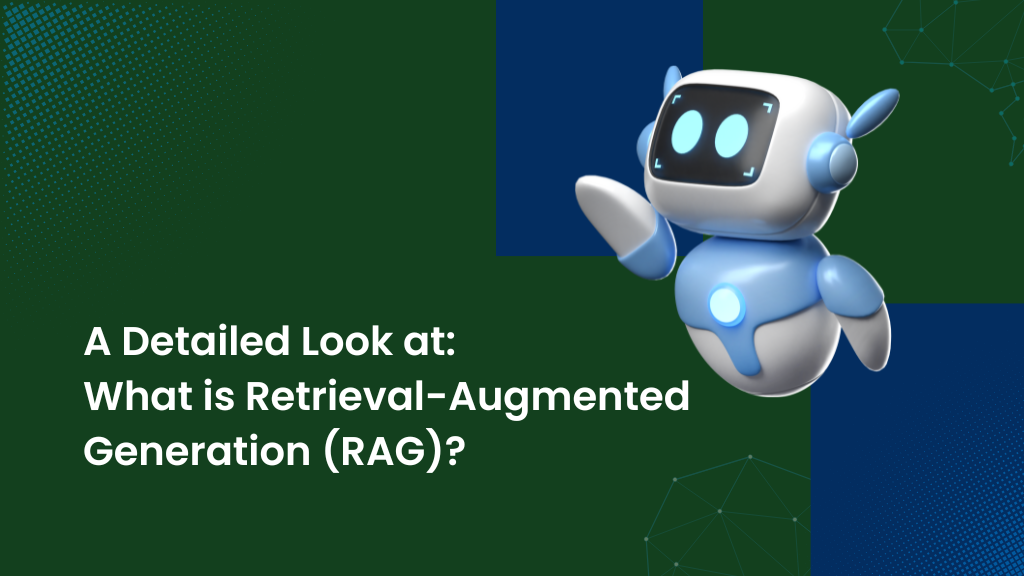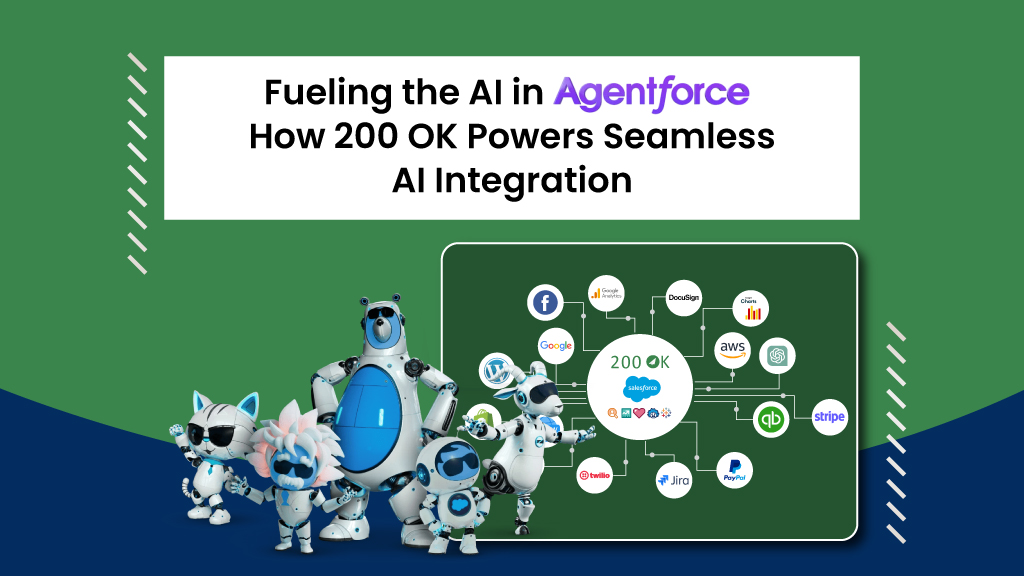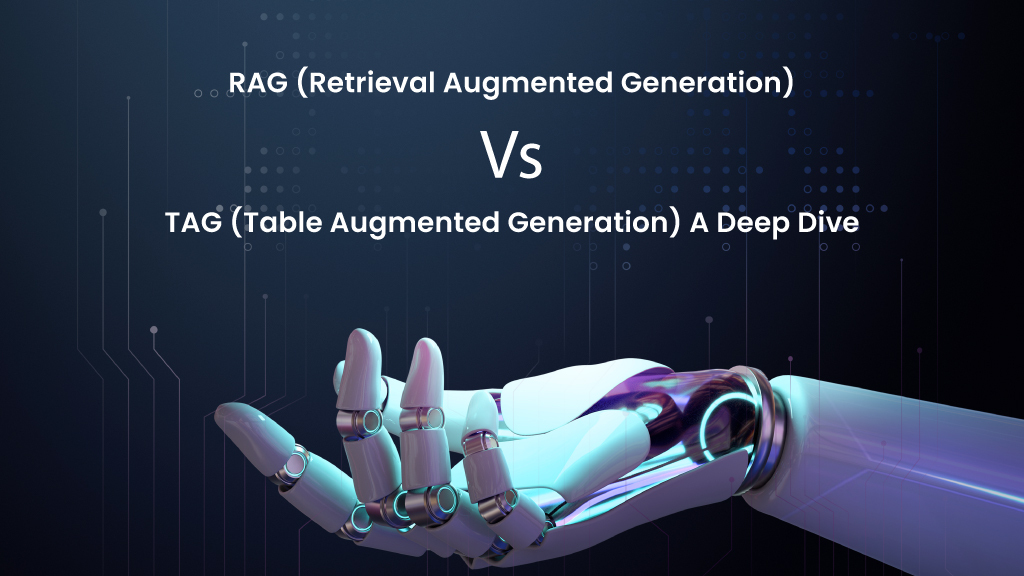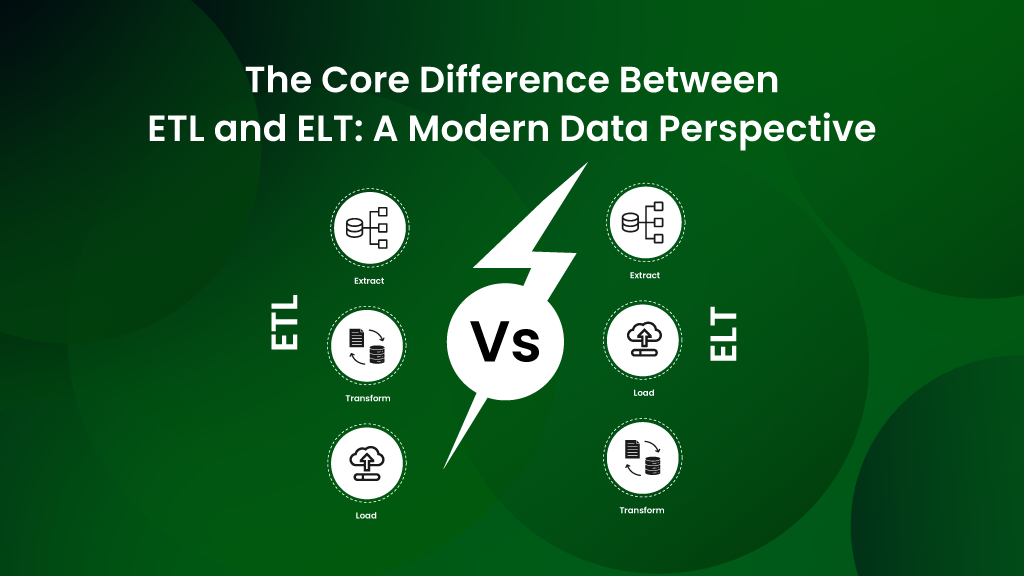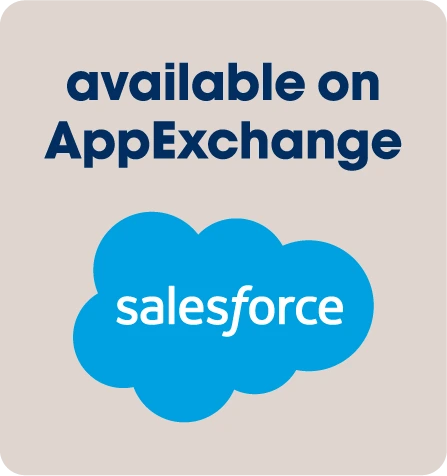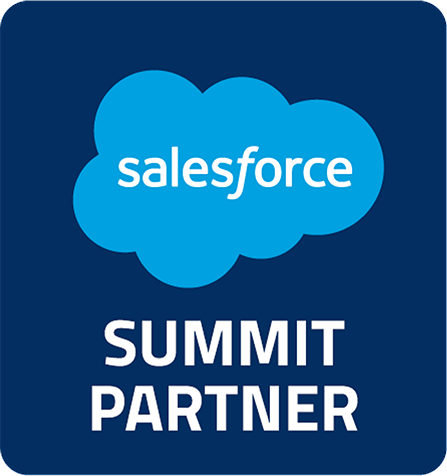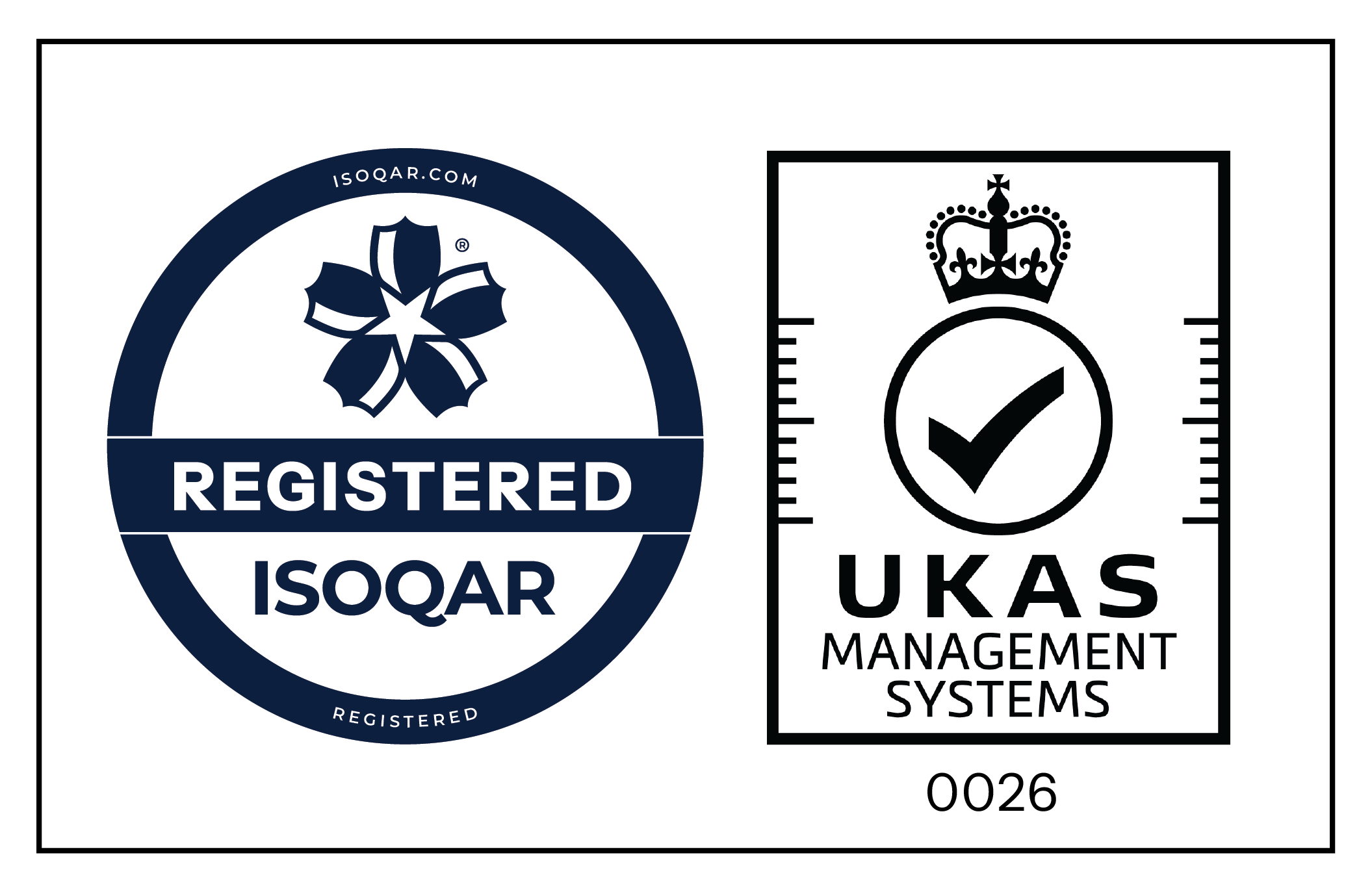We’re getting a little too techy today! Let’s talk about an important concept in the realm of AI Copilots, RAG- Retrieval Augmented Generation. Before getting into the depths of it and exactly understanding the concept of RAG in its entirety, let’s imagine you have a super-powered research assistant who can not only find relevant information but also use it to complete tasks or answer your questions in a comprehensive way.
That’s essentially it! That’s what “Retrieval-Augmented Generation” (RAG) brings to the table!
What is Retrieval Augmented Generation?
Retrieval-augmented generation (RAG) is a natural language processing (NLP) technique that merges the strengths of both retrieval-based and generative AI models. RAG AI can provide precise results by utilizing pre-existing knowledge while also processing and integrating that knowledge to generate unique, contextually aware responses, instructions, or explanations in a human-like manner, rather than merely summarizing the retrieved data. Unlike generative AI, RAG is a superset that combines the advantages of both generative and retrieval AI. Additionally, RAG differs from cognitive AI, which emulates the functioning of the human brain to produce results.
How does Retrieval Augmented Generation work?

RAG starts with Salesforce Data Cloud-
- Data Cloud is a hyperscale data platform integrated into Salesforce. This platform helps customers harmonize and unify their data, enabling its activation across various Salesforce applications.
- Data Cloud is now extending its capabilities to store unstructured data. Since approximately 90% of enterprise data is in unstructured formats like emails, social media posts, and audio files, making this data accessible for business applications and AI models will significantly enhance the quality of AI-generated output.
What is the Data Cloud Vector Database?
- The data formats like text documents are fragmented into smaller data “chunks”, transformed and stored in what is called the Data Cloud Vector Database. Why, you ask? To make them usable in operations like semantic search.
Vector Embedding
The Data Cloud Vector Database stores both structured and unstructured data within itself and converts everything into a numerical representation, and that is called vector embedding.
This representation helps all AI models to understand or process and give a relevant answer.
This operates by invoking a specialized LLM known as an embedding model via the Einstein Trust Layer.
How does the RAG work here?
When a query is input in the copilot, that query is converted into vector embedding. To maximize the relevance of these outputs, a semantic search technique is applied to the numeric representation of the user input, comparing it against unstructured data in the Data Cloud Vector Database. This is combined with keyword searches to further refine the results.
Now, the created prompts in the prompt builder are being augmented using the results received.
The Einstein Trust Layer
The prompt is then sent to the Einstein Trust Layer, Salesforce’s secure AI architecture. Now enriched with contextual and timely data from the augmented prompt, an LLM accessed through the Einstein Trust Layer can generate reliable and relevant answers.
However, with RAG, a company’s structured and unstructured data does not need to be incorporated into the LLM itself. Instead, the data remains safe and secure by routing the augmented prompt through the Einstein Trust Layer.
How to implement RAG?
- Data Collection and Preparation:
- Identify Knowledge Sources: This could be internal documents, web crawls, specific databases, or APIs relevant to your desired output.
- Data Cleaning & Preprocessing: Clean your data to ensure quality and consistency. This might involve removing irrelevant information, standardizing formats, and handling duplicates.
- Document Chunking: Break down your data sources into smaller, manageable units like sentences or paragraphs.
- Document Embeddings: Convert your text data into numerical representations for efficient analysis by the retrieval model.
- Building the Retrieval Model:
- Model Selection: Choose a suitable retrieval model.
- Model Training: Train the model on your prepared data to learn relationships between queries and relevant document segments.
- Similarity Search: The trained model should efficiently search and retrieve the most relevant passages based on a user query or prompt.
- The Generation Model:
- Large Language Model (LLM): You’ll need a pre-trained LLM like GPT or Gemini and many more. These models are trained on massive datasets and capable of generating different creative text formats.
- Fine-Tuning: Consider fine-tuning your LLM on your specific domain data to improve its performance and knowledge base.
- Integrating Retrieval and Generation:
- Query Processing: The user query is fed into the retrieval model which retrieves relevant document passages.
- Prompt Construction: The retrieved passages are used to enhance the generation prompt, providing context and relevant information for the LLM.
- Text Generation: The LLM leverages the enhanced prompt to generate the final text output, grounded in the retrieved knowledge.
- Evaluation and Refinement:
- Monitor Performance: Evaluate the generated text for accuracy, coherence, and alignment with user intent.
- Iterative Improvement: Based on evaluation results, refine your data, model parameters, or retrieval strategy for continuous improvement.
Benefits of RAG for AI Copilots
AI Copilots thrive on understanding user context and providing the most relevant assistance within a software environment. RAG (Retrieval-Augmented Generation) acts as a powerful engine under the hood, supercharging AI Copilots in several key ways:
- Enhanced Contextual Understanding:
Traditional AI models often struggle to grasp the full context of a user’s request. RAG comes to the rescue! It retrieves relevant information from various sources:
- User input
- Past interactions
- Relevant data within the software (e.g., Salesforce records, product details)
With this richer context, the AI Copilot can understand the user’s intent and task at hand much better. Imagine the user asking, “Find out when the Smith order is due.” RAG can retrieve past interactions to identify “Smith” as a customer and then search for relevant orders within Salesforce.
- Information Retrieval for Actionable Assistance:
Think of RAG as a super-powered research assistant for the AI Copilot. When a user gives an instruction, RAG helps the Copilot find the most relevant information within the software. This could include:
- Customer data (past purchases, support tickets)
- Internal knowledge base articles
- Product information
- Relevant case studies
With this retrieved information, the AI Copilot can then take informed actions or provide suggestions that are truly helpful to the user’s specific situation. For example, if the user asks about a product issue, RAG can find relevant support articles to suggest solutions.
- Improved Accuracy and Efficiency:
RAG ensures that AI Copilot’s assistance is grounded in factual data. This is crucial for tasks like data entry, report generation, or suggesting responses to customer inquiries. By retrieving and potentially fact-checking retrieved information, RAG empowers the AI Copilot to deliver accurate and reliable assistance, saving the user time and effort.
- Personalized Support Based on User and Task:
Imagine the AI Copilot remembering your past interactions and tailoring its assistance accordingly. RAG plays a role here too! By considering the user’s profile, past actions, and the current task at hand, RAG personalizes the information retrieved for the AI Copilot. This allows for more relevant suggestions and recommendations that truly address the user’s needs.
For instance, if a sales rep frequently deals with a specific product category, RAG might prioritize retrieving information related to that category when the rep asks for sales collateral.
Wrapping it Up with CRM AI Copilot

The Salesforce Einstein Trust Layer provides robust security features to protect data privacy and enhance AI reliability. It includes dynamic grounding, zero data retention, and toxicity detection to ensure safe AI usage. Secure data retrieval and masking protect sensitive information, while audit trails and compliance measures help mitigate risks. Salesforce also emphasizes ethical AI deployment, ensuring customer data remains secure and is not stored by AI models. This approach helps businesses harness AI’s potential without compromising on security and privacy.
Now the question is, how is RAG empowering the CRM AI Copilot and in turn, supercharging the way the Salesforce users operate? Let’s take the example of the Sales and Service Reps here-
RAG patterns, combined with the CRM AI Copilot Search and the Data Cloud Vector Database, unlock a new level of intelligence across all Salesforce Customer 360 clouds and industry solutions.
Imagine sales reps in the Sales Cloud uncovering hidden insights from emails, meeting notes, and product documentation stored in the Data Cloud. RAG can analyze this unstructured data to generate meeting briefs automatically, ensuring reps are fully prepared for customer conversations. It can even help craft more effective emails and outbound messages.
Service Cloud agents benefit too, with RAG suggesting replies based on past knowledge articles, cases, and even previous conversation history. This empowers them to resolve customer inquiries faster and more efficiently across all channels.
The power of RAG extends beyond specific clouds. Businesses of all industries can leverage the system to answer questions about documents like user manuals, product details, or past RFP responses.
In essence, RAG empowers users to get the most out of their Salesforce data, transforming it into actionable insights that drive success.
Start your Salesforce AI journey with us, today! Get in touch with our product experts!
